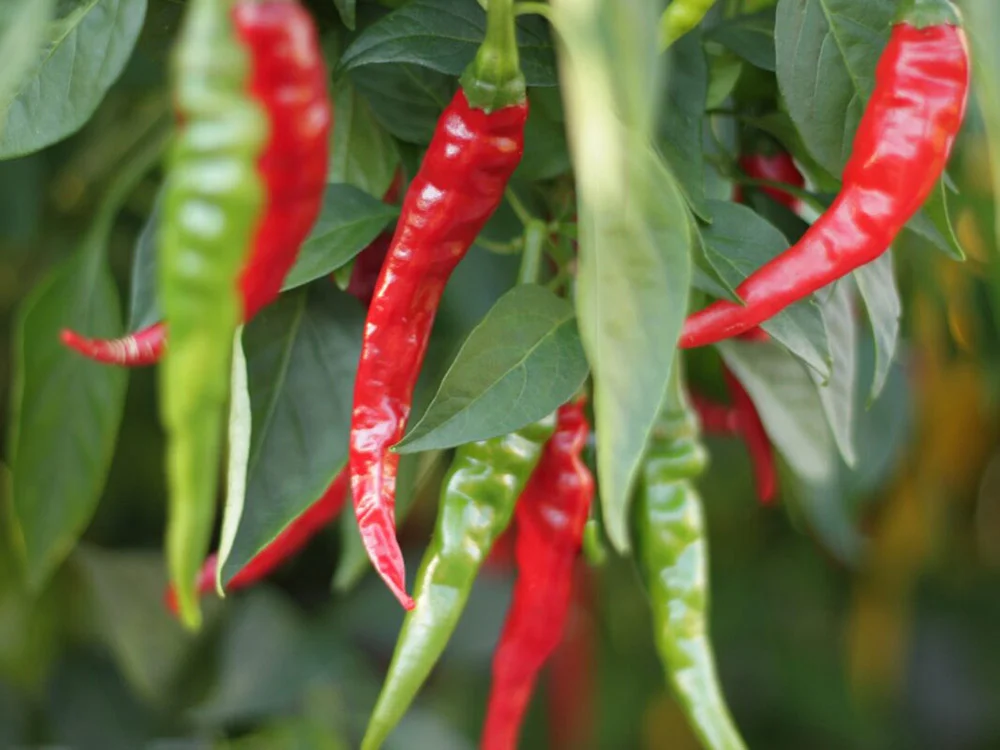When it comes to gardening, many people wonder if it’s possible to grow different plants next to each other. One common question is whether pepper and tomato plants can thrive when planted side by side.
In this blog post, we will explore the compatibility of these two popular garden vegetables and provide you with some useful tips for successful coexistence.
Understanding the Relationship Between Pepper and Tomato Plants
Pepper and tomato plants belong to the same botanical family, Solanaceae, which also includes other plants like eggplants and potatoes. This means that they share certain characteristics and have similar growth requirements. However, there are a few factors to consider when deciding to grow them together.
1. Disease Compatibility
One of the main concerns when planting pepper and tomato plants together is the potential for disease transmission. Both plants are susceptible to similar diseases, such as blight and bacterial spot. If one plant becomes infected, there is a risk of the disease spreading to the other.
To minimize this risk, it is important to choose disease-resistant varieties and practice good garden hygiene, such as removing any infected leaves or plants promptly.
2. Nutrient Requirements
Pepper and tomato plants have similar nutrient requirements, which makes them suitable companions in terms of soil fertility. They both benefit from well-drained soil rich in organic matter.
However, it is essential to ensure that the soil is adequately prepared and fertilized to meet the needs of both plants. Regular soil testing and appropriate fertilization will help maintain optimal nutrient levels for healthy growth.
3. Sunlight and Spacing
Both pepper and tomato plants thrive in full sun, requiring at least six to eight hours of direct sunlight daily. When planting them together, it is important to consider their mature size and provide enough space for each plant to receive adequate sunlight and air circulation.
Proper spacing will also help prevent the spread of diseases and minimize competition for resources.
Tips for Growing Pepper and Tomato Plants Together
Now that we have discussed the compatibility of pepper and tomato plants, here are some tips to help you successfully grow them side by side:
1. Choose the Right Varieties
Select disease-resistant varieties of both peppers and tomatoes to minimize the risk of disease transmission. Look for varieties that are known to perform well in your specific growing region.
2. Practice Crop Rotation
To further reduce the risk of disease, avoid planting peppers and tomatoes in the same location year after year. Implement a crop rotation plan, where you alternate the planting locations of these vegetables with other unrelated crops.
3. Provide Adequate Support
Both pepper and tomato plants benefit from support systems to keep them upright and prevent damage to the stems and fruits. Consider using stakes, cages, or trellises to provide support as the plants grow.
4. Monitor and Control Pests
Regularly inspect your plants for signs of pests, such as aphids or caterpillars. Use organic pest control methods, such as handpicking or applying insecticidal soap, to keep pest populations under control.
5. Water and Mulch Appropriately
Water your plants consistently, keeping the soil evenly moist but not waterlogged. Apply a layer of organic mulch around the base of the plants to help retain moisture, suppress weeds, and regulate soil temperature.
Conclusion
In conclusion, growing pepper and tomato plants next to each other is possible, but it requires careful consideration of disease compatibility, nutrient requirements, sunlight, and spacing. By selecting disease-resistant varieties, practicing crop rotation, providing support, monitoring pests, and maintaining proper watering and mulching, you can successfully cultivate these two delicious vegetables side by side in your garden.





